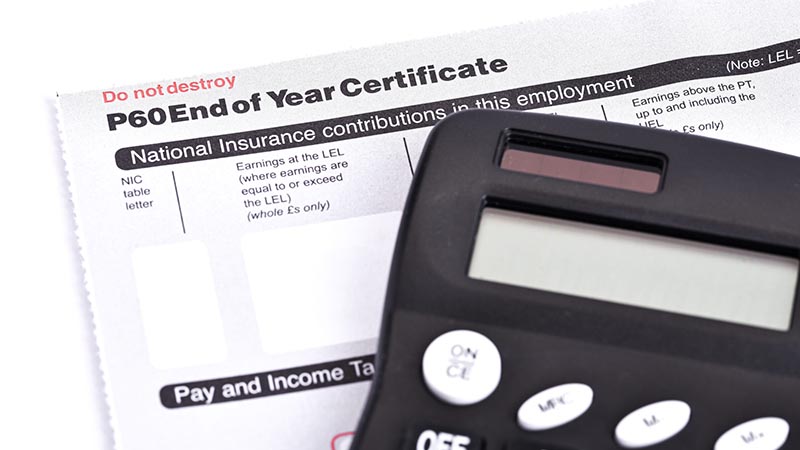Do you know about the £100k tax trap when earning more could actually cost you more?
When you earn just over £100,000 in taxable income, the marginal tax you pay for each £1 extra that you earn is exorbitant – please avoid this trap.
In the current UK system, once your “adjusted net income” exceeds £100,000, you start losing your Personal Allowance of £12,570.
This happens at the rate of £1 for every £2 earned above £100,000 (see Income Tax Act 2007, s 8).
That means:
- Between £100,000 and £125,140 you lose part or all of your £12,570 tax-free allowance. At the same time, you still owe Income Tax at 40% on most of that extra pay. The combined effect is an effective marginal rate of 60% on each extra £1 you earn in that band (£1 at 40% Income Tax plus the loss of 50 p worth of allowance, which in turn costs you 20 p in tax).
- Once you hit £125,140, you’ve lost your Personal Allowance altogether, so further income is taxed at 45%.
On top of that, if you’re a salary earner or self-employed, you’ll still pay National Insurance on earnings above £50,270.
So, in practice, the total marginal take of the “£100k Tax Trap” can be nearer to 62%.
This means you can end up worse off after tax than someone earning significantly more who’s already above the £125,140 mark (because their marginal rate falls back to 47% once the allowance is gone).
Families on £100,000–£125,140 may be caught by the High-Income Child Benefit Charge as well.
But don’t worry, we can help…
At SAIL International we guide you through practical steps to manage or even avoid the “£100k tax trap,” for example:
- Re-profiling income into dividends, interest or capital gains—where marginal rates may be lower.
- Using pension contributions or charitable giving to reduce adjusted net income below £100,000.
- Exploring salary-sacrifice arrangements with your employer to reduce your taxable earnings.
For example: Let’s take Sarah who is a marketing manager earning £102,000 a year. Her tax calculation for the additional £2,000 is:
- 40% Income Tax = £800
- Withdrawal of Personal Allowance worth £1,000 x 20% = £200
⇒ Total extra tax = £1,000 on £2,000 earned—or 50% of that £2,000.
If Sarah could instead make a £10,000 pension contribution, she’d retain her full £12,570 allowance and save 40% Income Tax on the contribution (£4,000). She’d also avoid the 60% trap on that slice of income.
That “just over £100k” band is the unluckiest in the tax system—extra earnings are hit by both full Income Tax and the loss of your tax-free allowance.
But by timely planning around pensions, dividends, or alternative income streams, you can avoid paying up to 60% on your marginal pound.
Contact SAIL International today for a personalised review of your income structure. We’ll map out the exact steps to protect your Personal Allowance and keep more of what you earn.
Book your FREE 15-minute call here so we can help.
Disclaimer
This note is for general guidance on UK taxation only. Individual circumstances vary. SAIL International does not guarantee specific outcomes and takes no liability for actions taken without tailored advice. Please consult us before acting.

